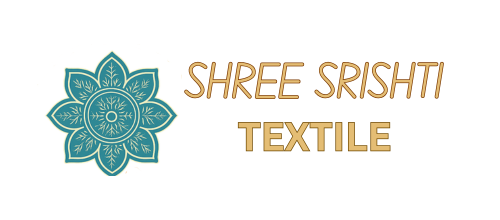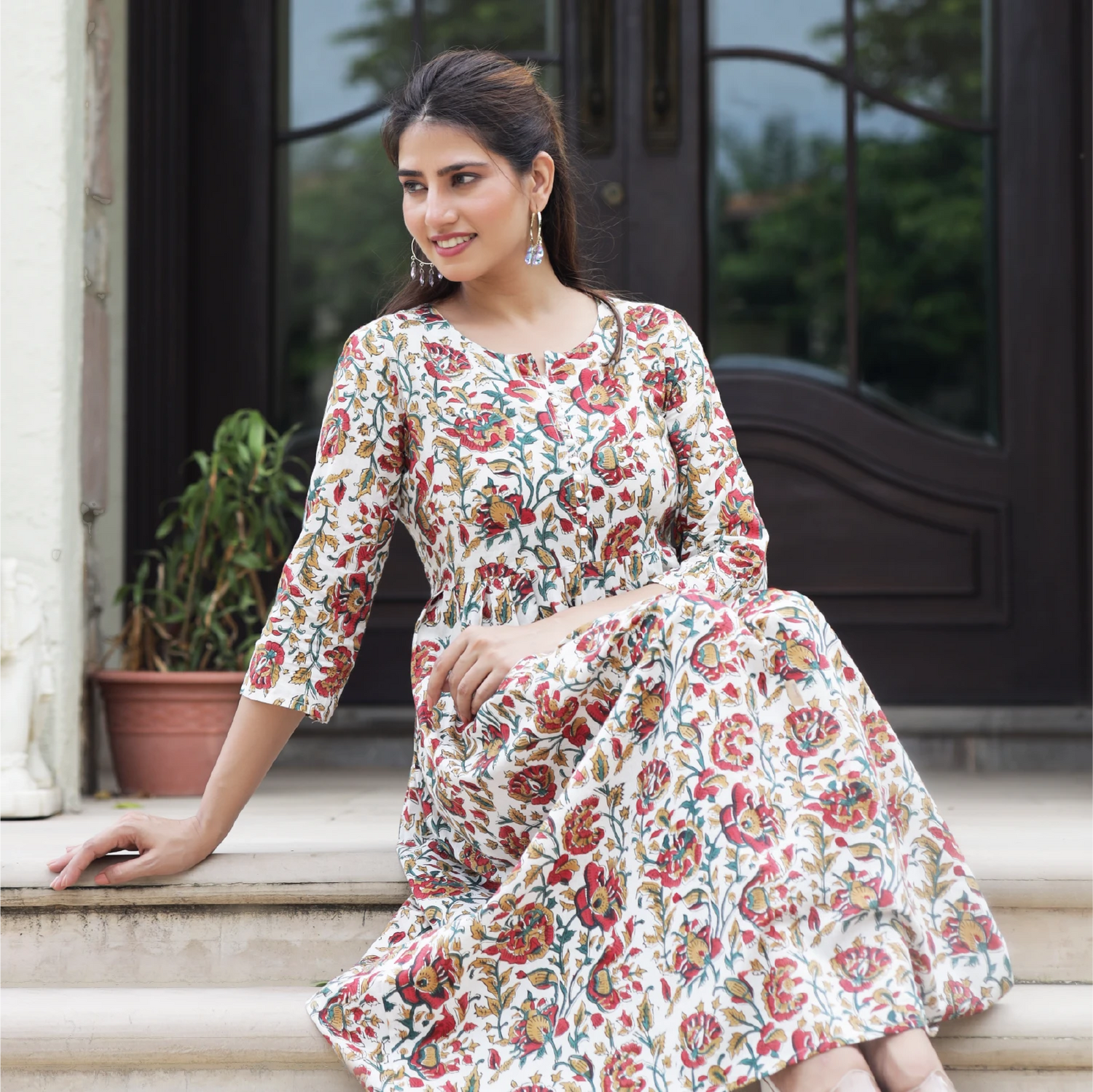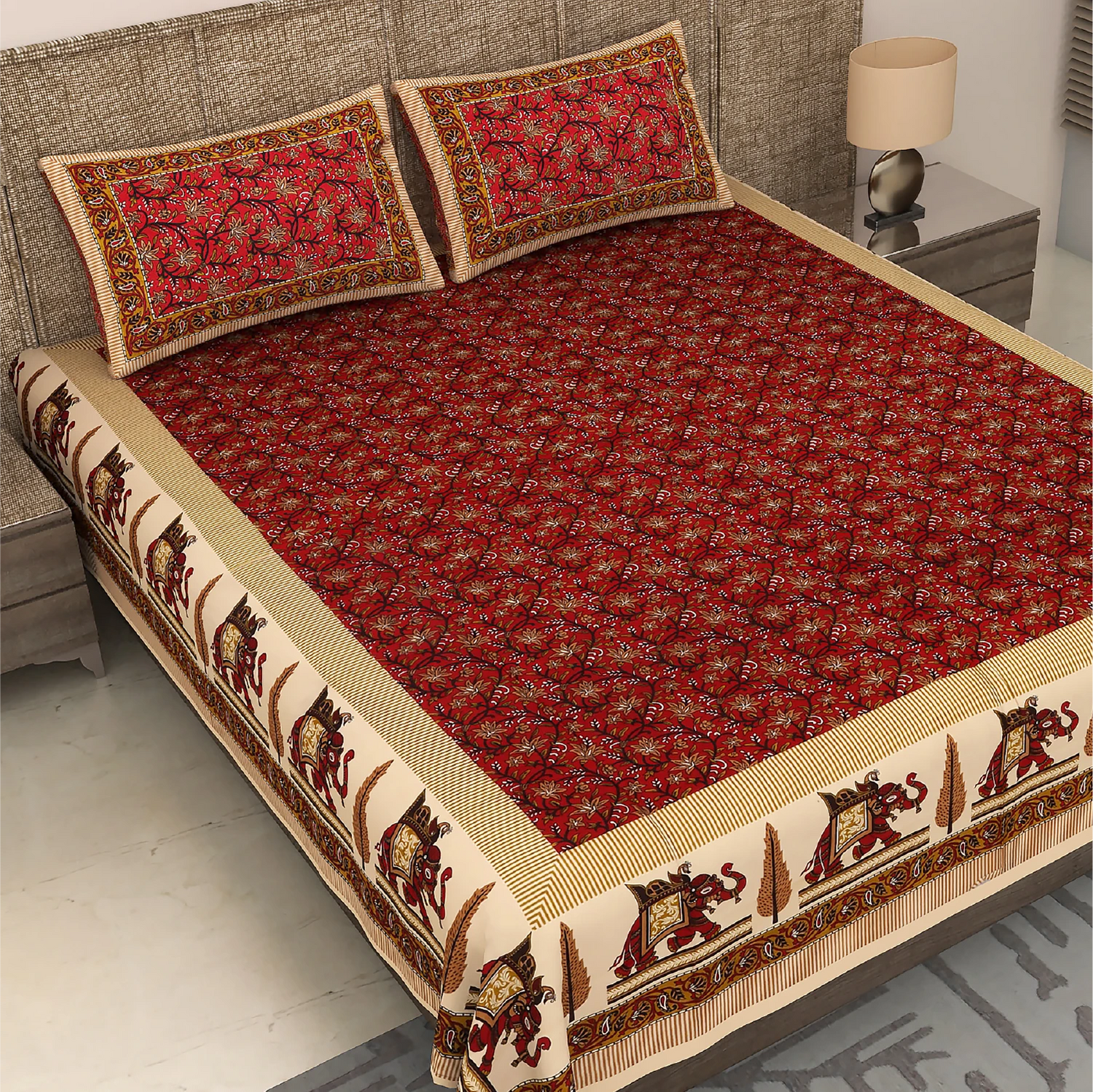
The Living Art of Traditional Block Print Sarees: Exploring Regional Patterns and Their Cultural Significance
Share
In a world of fast fashion and machine-made uniformity, traditional block print saree designs stand as poetic reminders of India's artistic soul. Each carefully pressed wooden block transfers not just color, but centuries of cultural wisdom onto fabric. These six yards of handcrafted beauty carry within their folds the stories of artisan communities, regional identities, and time-honored techniques that have withstood the test of time. As modern women seek authenticity in their wardrobes, these sarees offer something truly precious—a tangible connection to our roots wrapped in contemporary elegance that speaks volumes without saying a word.
The Enchanting Heritage of Block Printing
The journey of block printing in India is as colorful as the fabrics it produces. This ancient craft, dating back over 4,000 years, represents one of humanity's earliest forms of textile decoration. What began as a simple technique has evolved into a sophisticated art form that captures the essence of India's diverse cultural landscape.
From Rajasthan to Bengal: Regional Masterpieces
Each region of India has developed its distinctive block printing language, reflecting local aesthetics, available natural resources, and cultural influences.
In Rajasthan, the desert state's vibrant spirit comes alive through bold patterns and rich natural dyes. The pink and red hues of Jaipur reflect the region's royal heritage, while geometric patterns speak of Mughal influences. Here, artisans create magic using wooden blocks carved with intricate precision, often passed down through generations of karigars (craftsmen).
Gujarat's block printing traditions, particularly in Kutch, feature complex geometric patterns and mirror work that shimmer like desert stars. The black and white combinations popular in this region create striking contrasts that celebrate the dramatic landscape.
Moving eastward to Bengal, we find more delicate, nature-inspired motifs featuring flowing vines, flowers, and birds. The region's abundant water bodies influence designs that seem to flow like gentle rivers across the fabric.
The Artisan's Touch: Techniques That Breathe Life
What distinguishes block printing is the human element—the slight irregularities and variations that breathe life into each creation. Unlike machine prints, no two block-printed sarees are exactly alike.
The process begins with hand-carved wooden blocks, each representing countless hours of an artisan's dedication. These blocks are dipped in natural dyes made from minerals, plants, and sometimes even insects, before being pressed onto fabric with practiced precision. The discharge printing technique, where color is removed from dyed fabric to create patterns, adds another dimension of artistry.
Multiple layers of blocks create complex designs, requiring perfect alignment and steady hands. As textile researcher Judy Frater notes, "Each impression is a moment of truth—revealing the artisan's skill, patience, and cultural memory."
Iconic Block Print Patterns and Their Stories
Behind every motif lies a story—of faith, nature, community, and history. These patterns aren't merely decorative; they're visual languages that communicate cultural values and regional identities.
Bagru and Sanganer: Rajasthan's Treasured Legacies
The villages of Bagru and Sanganer near Jaipur have developed distinctive printing styles that have become internationally renowned.
Bagru printing typically features natural dyes on indigo or beige backgrounds. The characteristic red and black motifs often depict local flora and geometric patterns. The technique involves dabu (mud-resist) printing, where a paste of lime and gum protects certain areas from dye.
Sanganer prints, by contrast, offer delicate floral patterns in a rainbow of colors on white backgrounds. The lavender hues and pastel palettes create an ethereal quality that feels both traditional and contemporary. These prints often feature intricate jaal (net) patterns that require exceptional precision.
Ajrakh and Bagh: Geometric Poetry in Fabric
Ajrakh, predominantly from Kutch in Gujarat, represents one of the most complex block printing techniques. These geometric patterns, often in indigo and deep red, require up to sixteen separate printing stages. The symmetrical designs reflect Islamic influences while incorporating stars, flowers, and ancient symbols that speak of cosmic harmony.
Bagh prints from Madhya Pradesh feature bold geometric and floral motifs in vibrant red and black on white backgrounds. Named after the Bagh River where fabrics were traditionally washed, these prints often incorporate distinctive booti (small motif) patterns that create rhythmic visual poetry across the fabric.
Styling Traditional Block Print Sarees Today
The beauty of block print sarees lies in their timelessness—they honor tradition while remaining perpetually relevant in contemporary wardrobes.
Contemporary Interpretations of Timeless Designs
Modern designers are reimagining block prints with fresh color palettes and innovative layouts. Rosy pink linen sarees with delicate block work offer a contemporary twist on traditional designs, perfect for the modern woman who values both heritage and style.
Experimental fabrics like fine mulmul cotton provide lightweight comfort while showcasing the beauty of block prints. The teal blue mulmul sarees with Jaipuri prints demonstrate how traditional techniques can evolve to meet contemporary needs without losing their essential character.
Occasions and Pairings: Versatility in Expression
Block print sarees transition effortlessly between occasions. For everyday elegance, a simple black and white block print cotton saree paired with silver jewelry creates an understated yet distinctive look.
For festive gatherings, vibrant red discharge-printed sarees make a bold statement while honoring traditional aesthetics. These can be styled with contemporary blouses—perhaps with interesting necklines or sleeve details—to create a perfect blend of old and new.
Office settings welcome the sophisticated charm of geometric patterns in neutral tones, which communicate cultural pride while maintaining professional elegance.
Preserving Living Heritage Through Conscious Choices
Traditional block print saree designs aren't just garments—they're living heritage that sustains communities and preserves cultural knowledge. When we choose these handcrafted treasures, we participate in a beautifulcycle of cultural preservation.
Each block print saree supports the livelihoods of multiple artisans—from block carvers to printers to dyers. As textile conservationist Laila Tyabji observes, "These aren't just pretty patterns; they're economic lifelines and carriers of cultural memory."
By understanding the stories behind these prints and sharing them, we become ambassadors for a craft that deserves to thrive. In a world increasingly dominated by mass production, these handcrafted sarees remind us that beauty lies in human touch, cultural context, and the subtle imperfections that make each piece uniquely precious.
The next time you wrap yourself in a block print saree, remember you're not just wearing fabric—you're draped in stories, wrapped in tradition, and participating in the continuing evolution of a living art form that connects past, present, and future in six yards of handcrafted poetry.








